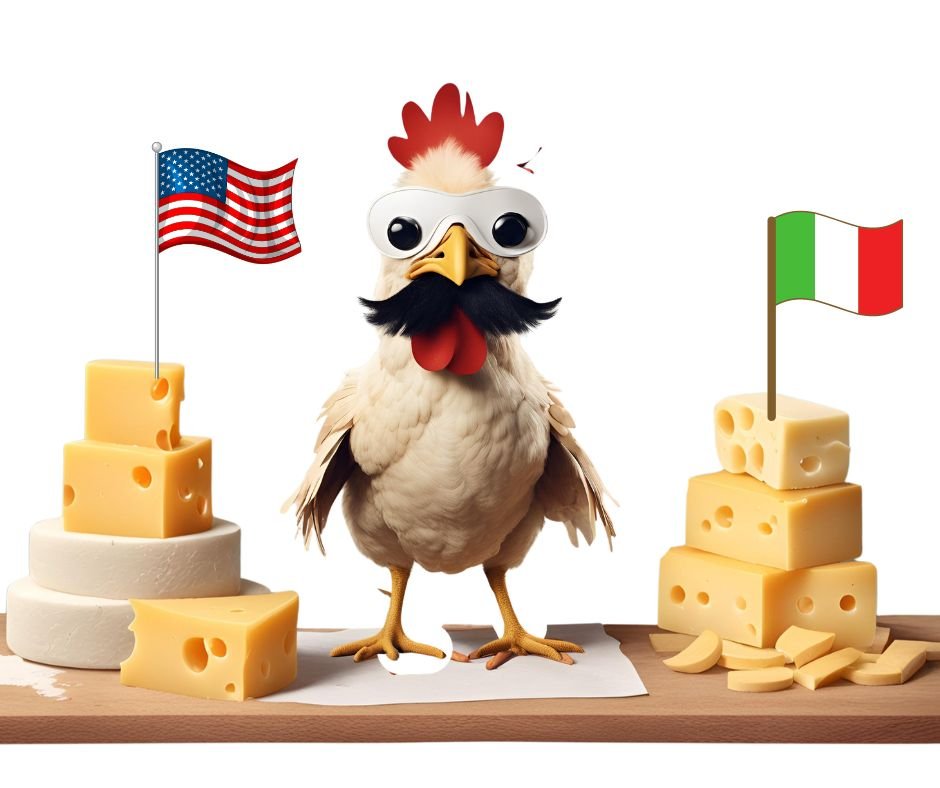The Mysterious Ways of Neapolitan Ragù
Universally acclaimed as the prince of meat-based sauces, Neapolitan ragù is a long-standing mystery that needs to be solved - If for nothing else that it takes 6 hours to make.
One thing is for sure - when it comes to making a genuine ragù, Neapolitan mamas, cooks and chefs can’t help but agree to disagree. So much so that recipes for this Neapolitan staple vary from neighborhood to neighborhood, and sometimes from one household to another.
The controversy pivots around the type of meat required to make the perfect ragù - Do you just need beef? Or are you allowed to add pork as well? And what parts? Should you add sausages, pork cheek-rolls and spareribs? Or beef chuck, boneless shank or possibly brisket? The opinions are so conflicting and polarized that we have grouped them into three different schools of thought.
The Melting-Potters
This breed of Neapolitan believes that ragù is at its best only when you throw in all sorts of meat - shank beef, meatballs, chuck-eye, cheese-stuffed meat rolls, pork cheek rolls, pork ribs, sausages and possibly more. One could say that for them the saying the more the marries fittingly applies.
The Bay of Naples
The Porketeers
These are the pork lovers. They truly are satisfied with making a ragù just with pork ribs and sausages mainly. Sometimes they also add pork cheek rolls so that the sauce gets more jucy, fattier and, one guesses, tastier.
The Beeferians
These are the purists, the sticklers. They believe to be the legitimate bearer of the Neapolitan culinary tradition. For them Neapolitan ragù can only be made with chuck or boneless shank beef left to simmer in a tomato sauce for at least 6 hours.
All three ways for making Neapolitan ragù are legimtimate. I do think though that the ‘beeferians’ point is closer to the truth. However, it’s not a crime to add some pork ribs to the mix, if you like.
The CRUCIAL thing is ‘Pippiare’
The one thing people keep saying about Neapolitan ragù is that it is not simply tomato sauce cooked with meat. The first thing you want to worry about is the cut of beef you choose - this will determine the outcome of your ragù. A Neapolitan ragù comes into being after a painstakingly long, slow simmering. For that you need specific cuts like the chuck cut especially from around the neck area of the animal or alternatively a boneless shank.
A further concept you want to familiarize yourself with is pippiare. Pippiare is a Neapolitan term which describes the moment the sauce starts gently bubbling after hours of cooking. But it’s not just a simmer. It is when the meat has sunk to the bottom of the pan surfacing with rare popping bubbles - proof that the meat has broken to tender bits after time and low heat have worked their magic. That’s what pippiare means. And if your ragù starts to pippiare it means you’re doing it right.
That’s What a Real Neapolitan Ragù Should Look Like.















